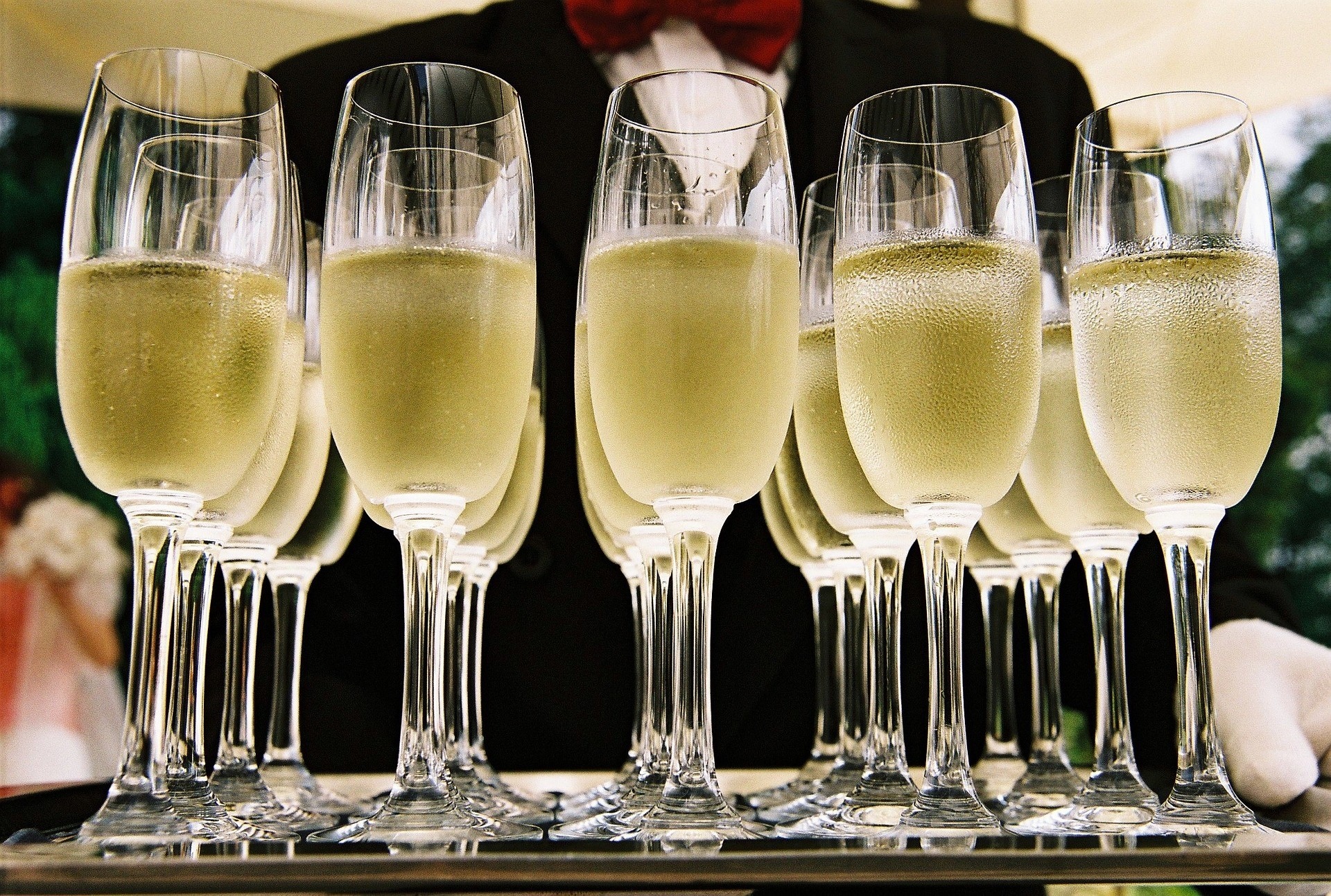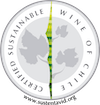Sparkling Wine: 4 Tips to Understand it Better

Sparkling wines are those wines that contain bubbles thanks to their elaboration process, and which differentiate them from still wines. This gasification can occur naturally or artificially. Learn more about these wines below.
4 Things You Should Know About Sparkling Wine
This kind of wine is frequently seen at celebrations and special occasions, and can be found in white, rosé, and even red versions, but… do you know the difference between a sparkling wine and Champagne? Or why wines with bubbles are different than naturally sparkling wines? And where the CO2 comes from that makes the bubbles?
1. Sparkling Wines and Champagne
Sparkling wines are often confused with Champagne, and although they are very similar in their composition and elaboration, there is a big difference. Sparkling wines may be produced anywhere in the world, while Champagne can only be produced within the Champagne region of France.
The world-famous Champagne is a Denomination of Origin, which is a protected name, and cannot be applied to a sparkling wine made outside of the region, so calling a sparkling wine Champagne would be an error.
2. The Bubbles present in Sparkling Wine
The carbonation present in sparkling wines comes from a second fermentation of the wine within the closed bottle. Sometimes this second fermentation takes place in enclosed spaces like stainless steel tanks.
The second fermentation occurs with the addition of sugar to the wine, and bottling it before the wine has finished its fermentation, or sealing the tank before the alcoholic fermentation is complete.
Whichever the method, the CO2 is trapped in the wine, and dissolves in the liquid, with the end result being a sparkling wine.
Naturally Sparkling vs. Artificial Bubbles
As explained above, sparkling wines get their bubbles naturally by a second fermentation, while artificial bubbles can also be added with CO2, just as other carbonated beverages.
4. Classification by production method
In the production of sparkling wine, there are 3 types of classification, according to their bubbles:
- The traditional one, also known as Champenoise, consists of a second fermentation once the wine has been bottled. This is the method used in the production of Champagne, considered the best in the world.
- The charmat or granvas: in this case, the second fermentation of the wine is done in tanks, and once finished, the wine is bottled. This is a more economical and simpler step than the traditional method, and the results obtained are of excellent quality.
- Carbonation; in this method, the wines receive their bubbles through artificial injection, producing large, less-integrated bubbles than the traditional or charmat methods.
You might be interested: Viniculture: Classic types of Plantings.
You might like: Wine tasting: what is the ideal serving temperature for wines?




